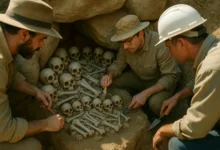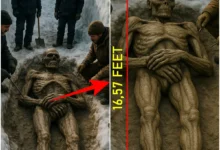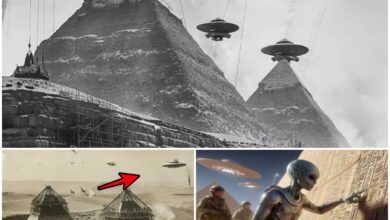BREAKING: Archaeologists Unearth the Long-Lost Tomb of Pharaoh Khufu, Builder of the Great Pyramid
In a discovery that is being hailed as one of the most important archaeological breakthroughs of the 21st century, a team of international researchers has unearthed what is believed to be the true burial site of Pharaoh Khufu (also known as Cheops)—the legendary ruler behind the construction of the Great Pyramid of Giza.
A Tomb Hidden for Millennia Beneath the Sands
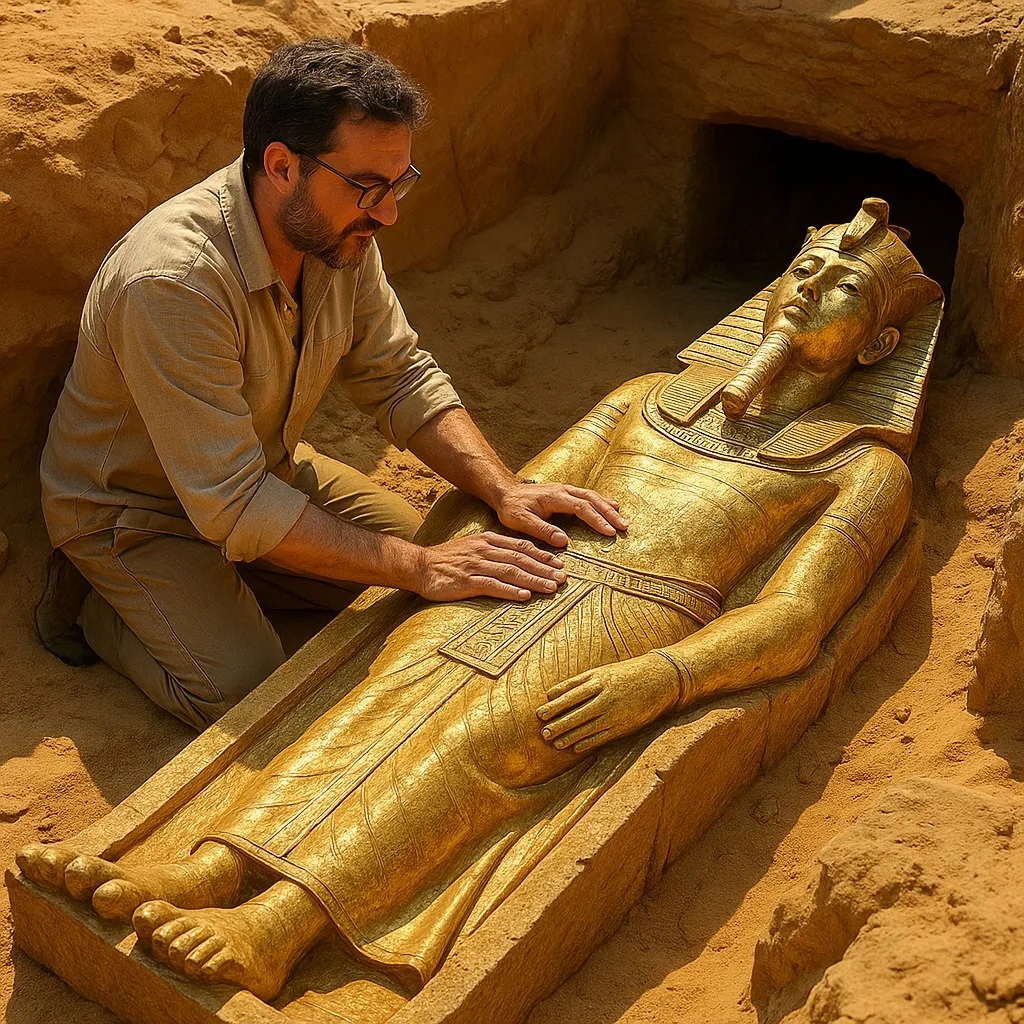
Contrary to long-standing assumptions that Khufu was entombed within the Great Pyramid itself, a team led by Professor Alain Dubois of the Sorbonne University in France uncovered a sealed subterranean complex nearly one kilometer south of the pyramid.
The discovery was made after months of ground-penetrating radar scans and analysis of a series of cryptic hieroglyphs found near the Valley Temple. These clues pointed to a buried stone corridor 137 meters long, ending in a massive granite door—untouched since the Old Kingdom (c. 2600 BCE).
A Burial Chamber of Unprecedented Craftsmanship
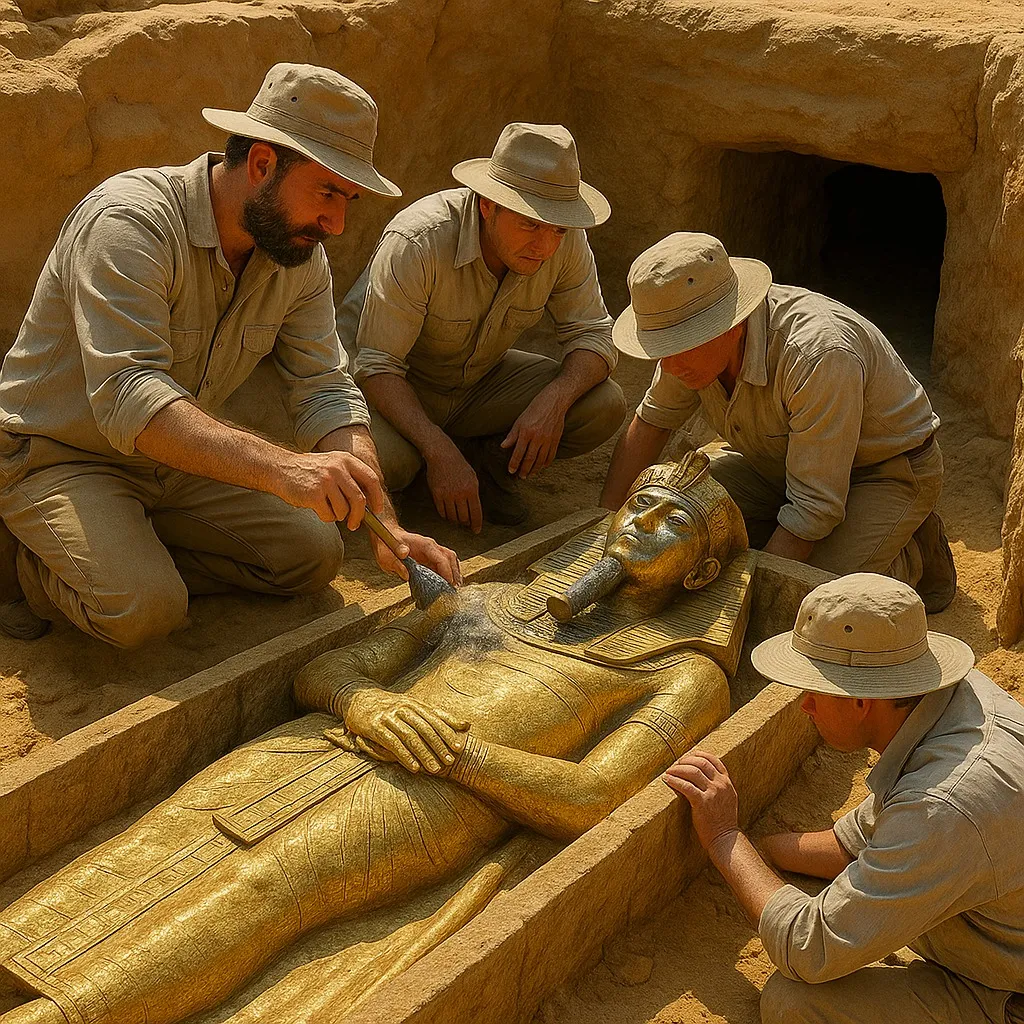
Behind the sealed door, archaeologists entered a cruciform burial chamber with a vaulted ceiling inlaid with blue stone and celestial motifs. At its center lay a sealed basalt sarcophagus, still coated in ancient resins and wrapped in ceremonial linen.
Inside, the team discovered a remarkably well-preserved mummified body adorned with a solid gold death mask and the royal Nemes headdress—strongly believed to be Khufu himself.
“This is, without question, the tomb of Pharaoh Khufu,” Professor Dubois stated at a press conference. “The inscriptions, funerary artifacts, and the architectural layout confirm it beyond doubt.”
Artifacts Beyond Imagination
The chamber yielded a trove of never-before-seen artifacts, including lapis lazuli canopic jars, miniature pyramid-shaped ritual objects, and over 200 intricately carved ushabti figurines made of gold and ebony.


